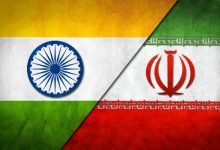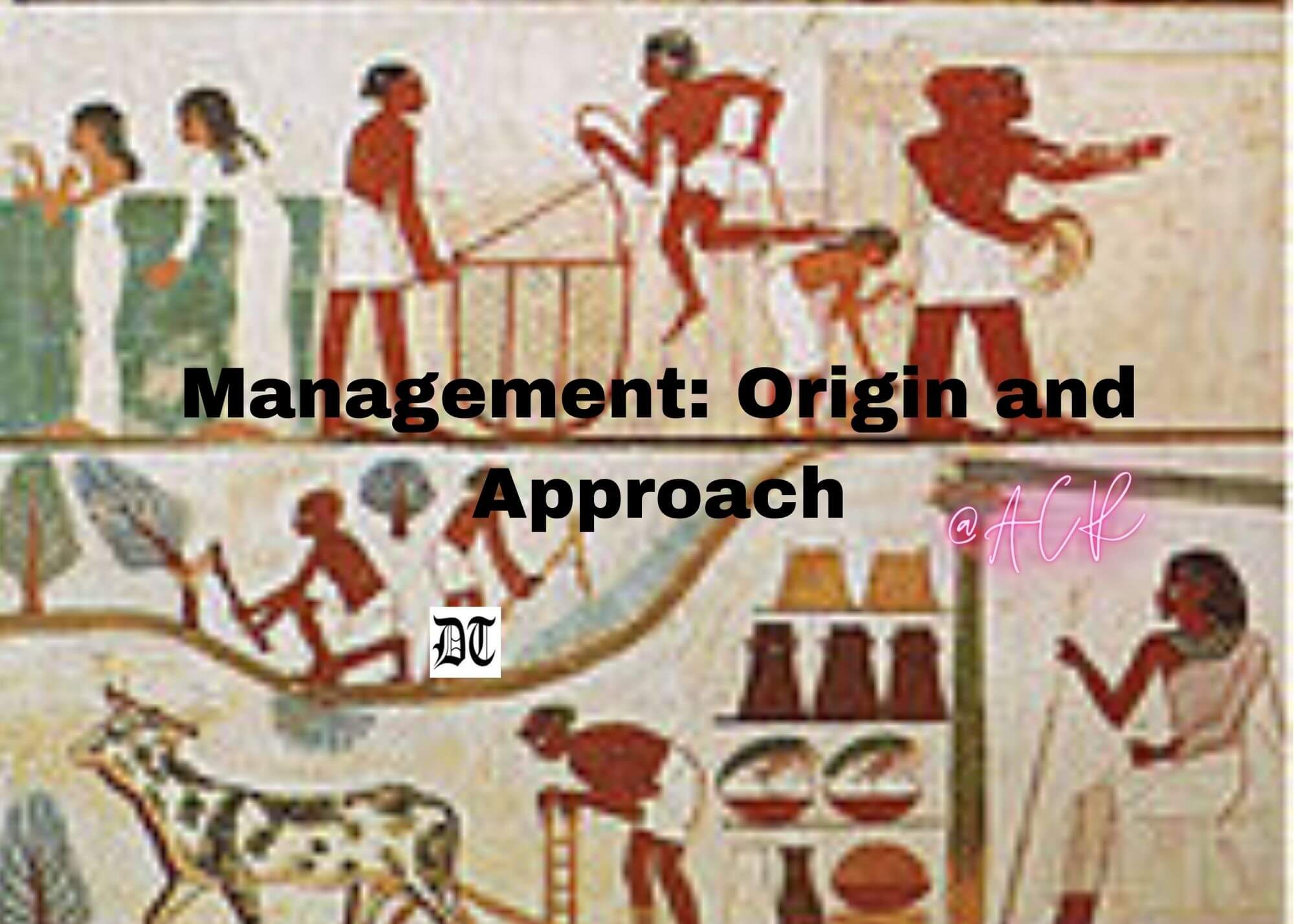Oil cartel OPEC has been holding the world to ransom by manipulating supplies so that the buyers pay a price that can sustain the extravagant life of their rulers and citizens for endless time. The whole world has been suffering because they happen to possess a resource without which human progress in its present form is not possible. As such the oil market is more inequitable and arbitrary than the global order. A report, for Different Truths.
Cartel versus cartel is certainly a fair deal. Oil cartel OPEC has been holding the world to ransom by manipulating supplies so that the buyers pay a price that can sustain the extravagant life of their rulers and citizens for endless time. The whole world has been suffering because they happen to possess a resource without which human progress in its present form is not possible. As such the oil market is more inequitable and arbitrary than the global order, which anyway is skewed in favour of the exploiters. But maybe the time has come for the oil importing countries to form their own cartel so that they can confront the exploiters because they have whatever it takes to tame OPEC to beat them in their own game: the demand. If supply is king, demand is the god. The buyers have to realise their strength. That’s all.
The times that we live in have proved that whatever was once thought impossible may actually be possible. Donald Trump becoming the President of America, Uber turning commuting on its head and companies such as Facebook with ridiculously frivolous origins gaining status as the world’s most valuable firms all point to a new phenomenon. The next one in the sequence could well be the nemesis of OPEC. The world was almost there some time ago when the emerging US shale gas industry nearly upset the oil cartel’s apple cart. But problems of investments and geological limitations, among other factors, have caused the shale gas production curve in North America to flatten out. And this has helped the oil cartel retrieve some lost ground.
In the initial phase of shale gas breakthrough, OPEC tried all the tricks in the trade to break the burgeoning new industry. Its members, particularly producers such as Saudi Arabia, a leading player responsible for propping up the cartel whenever it faces trouble, loosened their taps to release more oil into the market to bring down the crude price to levels that would have made investments in gas fracking unviable. But their strategy somehow failed to click and shale production began gaining increasing traction, setting in a natural process for prices to decline. Sensing the danger, Saudis and others changed tack and suddenly shifted their priority to defending their existing market shares. This demonstrated how important market shares were for these producers and that they would do anything to protect their respective markets.
This must provide valuable clues for importing countries. Just as the producers’ cartel has been manipulating the market by controlling supplies, the consumers have options of changing the demand pattern, which will make West Asian crude go abegging. There is no denying that the importing countries cannot cut demand, like OPEC is able to do with its supplies, but the importers have geographical options in terms of organising supplies. That will set off a fierce fight among the producers to retain their market share. The importers could thus engineer a split in the ranks of the producers, which will break the back of the cartel. It has been found in the past that whenever OPEC failed to keep prices high, the organisation faced an existential crisis, with some even demanding disbanding of the outfit. In the early 2000s, when prices were hovering around the $25 mark, OPEC was dogged by dissensions and fight among the members and it appeared that the cartel had lost its tooth and was no more relevant. The debate came back with a vengeance on the back of the shale industry boom, but somehow the organisation always managed to survive.
Coordinated effort by a cartel of oil importers can make OPEC members fight among themselves and already signs of such a process are emerging. India and China accounted for 17 percent of the global crude oil demand in 2017 and are expected to be responsible for over 50 percent of the increase in global demand for the next five years. India, China, Japan and South Korea account for over a third of the world’s total oil demand. This is what gives tooth to coordinated action by the Asian countries. India has proposed a grand alliance with top Asian oil buyers to negotiate better terms with sellers. Just as it did with Non Aligned Movement in the past, India could perhaps now lead a new movement for aligning the interests of oil buyers.
New Delhi has already expressed its willingness to work with China and other Asian countries to resist the ‘Asian Premium’ being charged by Saudi Arabia and other West Asian producers. India and China have in recent days held formal talks on forming an Oil Buyer’s Club, a euphemism for a cartel for the buyers. The two countries are also examining the possibility of their companies jointly negotiating oil purchase wherever possible. Similarly, India could buy oil directly from Chinese companies that have equity in various global oil projects. India also has the option of sourcing more supplies from the US, where the availability of oil for exports has gone up significantly in recent times. Public sector Indian Oil chief Sanjiv Singh and top executives of Chinese oil companies have discussed the possibility of investing in US oil and gas export infrastructure either jointly or separately to facilitate higher US oil and gas exports to Asia.
The news of India and China making coordinated moves must have sent a shiver down the spine of OPEC members and this is expected to be a top item on the agenda when their ministers meet later this month.
K Raveendran
©IPA Service
Photo from the Internet







 By
By